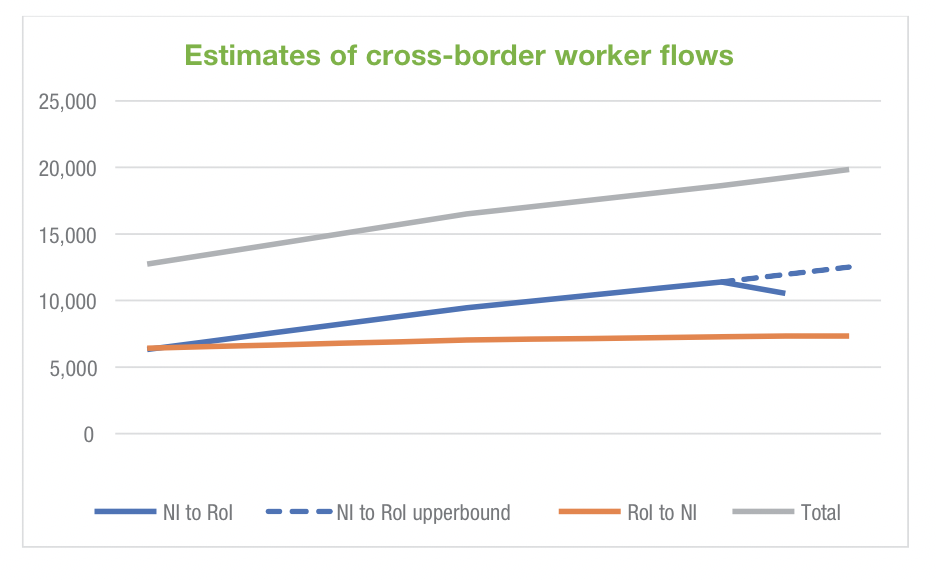Little sign of recovery for essential skills

The number of people participating in essential skills courses has failed to bounce back to pre-pandemic levels and now sits over 30 per cent below 2018/19 levels.
Essential skills, delivered by the Department for the Economy, provide people with few or no qualifications access to free literacy, numeracy, and ICT qualifications, while providing opportunities for those learners to progress within further education or to gain employment.
The 2022/23 academic year saw the first year-on-year increase in both the number of enrolments in essential skills since a large pandemic-driven drop off, however, despite the 4 per cent increase, overall figures are one third below 2018/19 levels.
Essential skills courses are delivered by further education colleges.
In 2018/19, there were 20,540 course enrolments in essential skills courses, made up of 12,950 individual participants. Year-on-year decline culminated in a record low figure of 12,980 enrolments and 8,605 individual participants in the 2021/22 academic year.
However, despite some small signs of recovery, latest figures for the 2022/23 show a 34 per cent decline in enrolment figures and a 30 per cent decline in individual participants from levels five years ago.
These figures do not include courses delivered by private training providers and community organisations.
Essential skills are delivered in the form of entry level, level 1, and level 2 categories. All three categories currently have enrolments well below 2018/19 levels, however, the greatest drop off has occurred in the level 1 category.
While essential skills courses are open to everyone over the age of 16, more than half of enrolments are by those aged 16 and 17. Close to 60 per cent of these enrolments are male and almost 50 per cent of all enrolments are from those categorised in the lowest two of five deprivation geographical quintiles.
Performance
Interestingly, the report highlights fairly poor success rates across numeracy and literacy in the past five years. Categorising retention (the number of completions divided by the number of enrolments), achievement (the percentage of enrolments completed by students who achieve qualification), and success (the percentage of enrolments of students who complete and achieve a qualification), figures show a large disparity between subjects.
While literacy (79 per cent), numeracy (78 per cent), and ICT (84 per cent) report high retention rates, achievement rates vary. The 63 per cent achievement rate for numeracy and 70 per cent achievement rate for literacy sit well below 89 per cent rate for ICT. The disparity corresponds in the success rate, with success in numeracy falling below half (49 per cent), while literacy success sits just above on 55 per cent. These are sizably below the 75 per cent success rate enjoyed in ICT.
Acknowledging the decrease in enrolment numbers, a spokesperson for the Department points to the impact of the pandemic, but also a continued fall in demographics for 16 to 19-year-olds.
Setting out that they are actively monitoring further education essential skills uptake, they say: “The Department is progressing an essential skills review which aims to provide an updated curriculum offer, particularly in the ICT space, and to target those learners entering colleges without qualifications to enhance their opportunities to upskill and reskill.”






